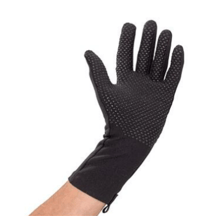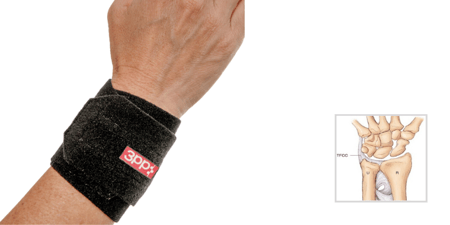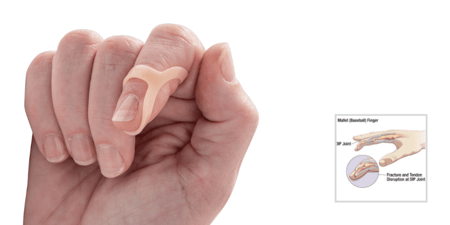What is Raynaud's Syndrome?
For those with Raynaud’s Syndrome or Phenomenon, warm summer temperatures can provide relief for many. Despite rising summer temperatures, air conditioning and cool evenings can cause 5-30% of people to still have to consider the cold.
Raynaud’s Syndrome is characterized by excessive temporary vasoconstriction that commonly occurs in the fingers and is often triggered by cold temperatures or a stressful situation. The symptoms of Raynaud’s include pain in the affected region, discoloration, and the sensation of cold and/or numbness. Depending on the severity of the condition or environment/temperature change, the skin may at first become pale or white with coldness and numbness as the blood supply becomes reduced in that area. When the oxygen supply in the fingers is depleted, the skin turns blue (cyanosis). When the episode subsides, the skin will become red as blood returns (rubor) and may still have swelling and a painful tingling.
Raynaud’s may be idiopathic or can occur secondary to systemic sclerosis, Scleroderma, or a connective tissue disease. As a physical or occupational therapist, when suspicious of Raynaud’s, it’s important to get a detailed history of symptom occurrence, attacks, and duration, social behaviors including drug use, family history, etc. and complete a thorough physical evaluation (including observation of skin and nail changes). It is also important to check vascularity (Allen’s test and pulse checks) and perform nerve compression testing to rule out upper extremity nerve entrapment(s).
What to do about Raynaud’s Syndrome
A referral to a hand therapist can be very beneficial to an individual with Raynaud’s phenomenon. There are a few important treatments involving primarily patient education that we have to offer.
As a physical or occupational therapist, it is important to educate on:
- Use of gloves- Individuals with Raynaud’s often struggle with symptoms in locations that are typically cold year-round including the grocery store or movie theater. Recommending gloves that allow function while maintaining warmth is an important preventative message to limit incidences of vasoconstriction. Consider gloves that provide low-level compression as excess pressure can lead to an increase in symptoms. Gloves may even be useful at night during sleep or around the house.
- Smoking cessation- It is vital to educate on the vasoconstriction caused by tobacco use.
- Physical activity- A 2016 study, found that individuals with Raynaud’s who were more physically active perceived fewer symptoms and had less occurrence of symptom attacks than individuals who did more sitting, so encouraging exercise and activity is important.
- Warm water soaks- Research has found that for individuals with Raynaud’s, soaking your hands in hot water for five minutes every four hours increased blood flow for at least 2 hours and decreases the number and occurrence of attacks.
- Avoidance of provoking circumstances- As mentioned, stressful and cold situations provoke symptoms, so these circumstances should be avoided when possible, i.e. warming your car on cold winter days before driving.
- Treatment of symptoms- When the hands do become symptomatic, rinsing them in warm (not hot) water and moving them around is recommended.
The Protexglove line of protective gloves offers gentle compression, excellent dexterity, and warmth-enhancing fabrics for individuals with Raynaud’s phenomenon.
Blog References: For more information on this topic, click to see the references for this blog post





